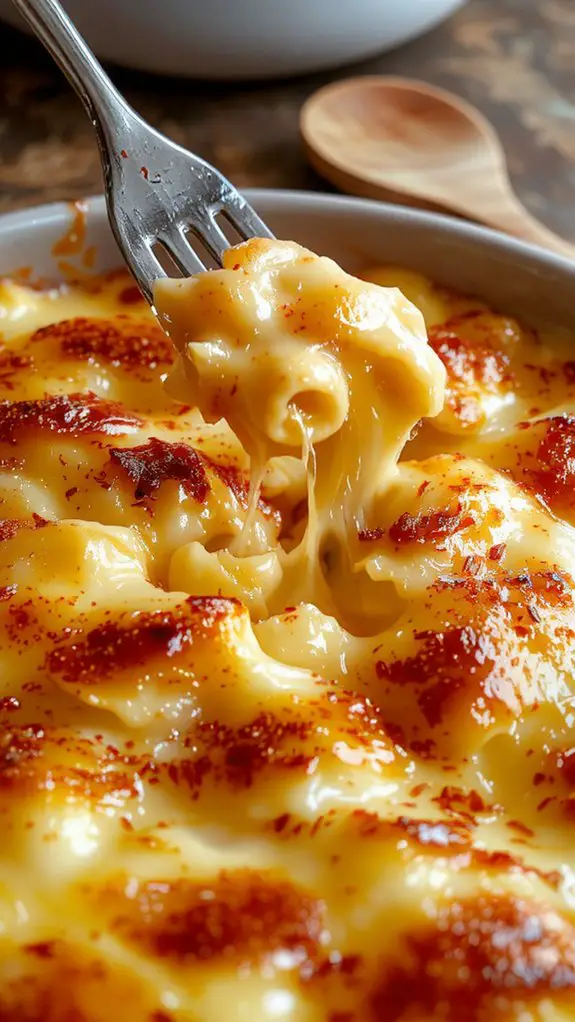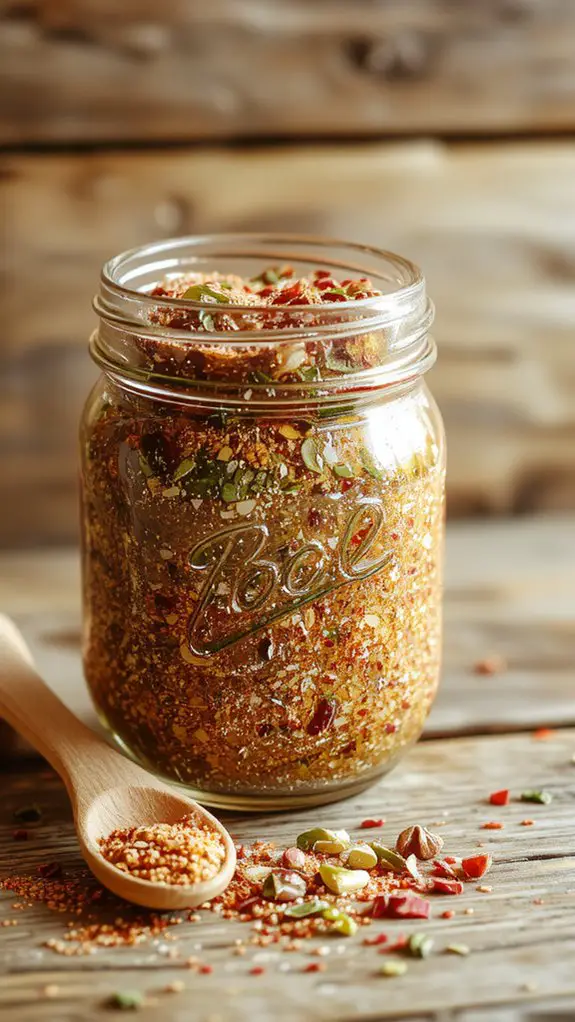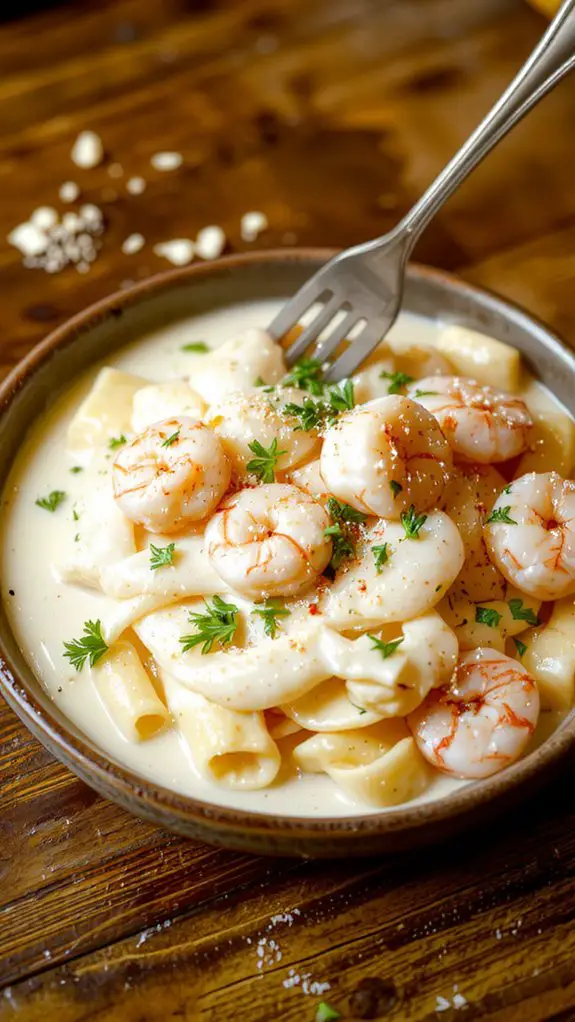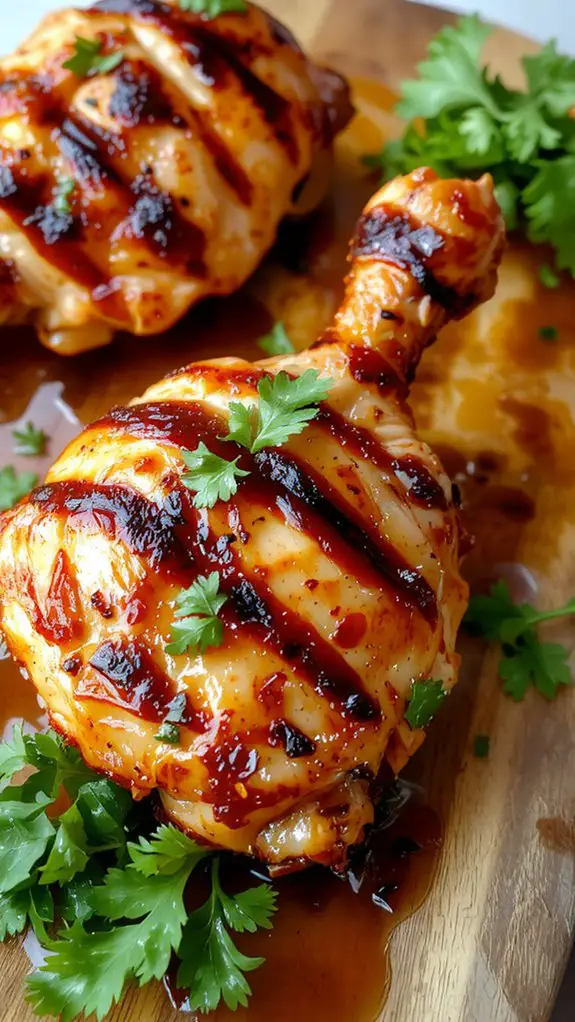Recipe
I can confidently say this homemade mac and cheese is the creamiest, cheesiest, most comforting dish you’ll ever make—and it’s so easy, you’ll wonder why you ever bothered with the boxed version.
What sets this recipe apart is the combination of sharp cheddar and a hint of Gruyère, creating layers of rich, melty flavor that’s impossible to resist.
Toss in perfectly cooked pasta coated in a smooth, velvety sauce, and you’ve got a dish that’s pure indulgence. It’s the one recipe I always turn to for family dinners or potlucks because it’s a guaranteed crowd-pleaser.
Trust me, once you taste this mac and cheese, there’s no going back—it’s comfort food at its absolute best.
Ingredients
The secret to next-level mac and cheese? It’s all in the ingredients. Skip the pre-shredded cheese (it’s coated in anti-caking agents that make your sauce grainy) and embrace the meltiest, creamiest combo. Here’s what you’ll need—plus pro swaps to make it your own:
- Elbow macaroni: The classic shape holds sauce perfectly. *Swap*: Cavatappi or shells for extra nooks.
- Sharp cheddar (block, not pre-shredded): Aged cheddar brings depth. *Non-negotiable*: Grate it yourself for silky texture.
- Gruyère or fontina: These melt like a dream. *Pro tip*: Gruyère adds nuttiness; fontina is ultra-creamy.
- Whole milk or half-and-half: Skim milk won’t cut it—fat = flavor. *Emergency swap*: Evaporated milk in a pinch.
- Butter (unsalted): Controls saltiness. *Never*: Margarine—it’ll taste like regret.
- Flour: All-purpose thickens the roux. *Gluten-free?* Cornstarch works (1:1 swap).
- Dijon mustard (just a teaspoon): Secret weapon for balancing richness. *Skip*: Yellow mustard—too sharp.
- Freshly grated nutmeg: A whisper elevates the cheese. *Don’t*: Use pre-ground—it’s stale.
- Kosher salt + cracked pepper: Season in layers. *Pro move*: White pepper for heat without black specks.
- Panko breadcrumbs (optional but elite): Toasted with butter for crunch. *Lazy swap*: Crushed Ritz crackers.
*Little win*: Add a pinch of smoked paprika to the breadcrumbs—it’s a flavor bomb.
How to Make the Best Creamy Cheddar Mac and Cheese
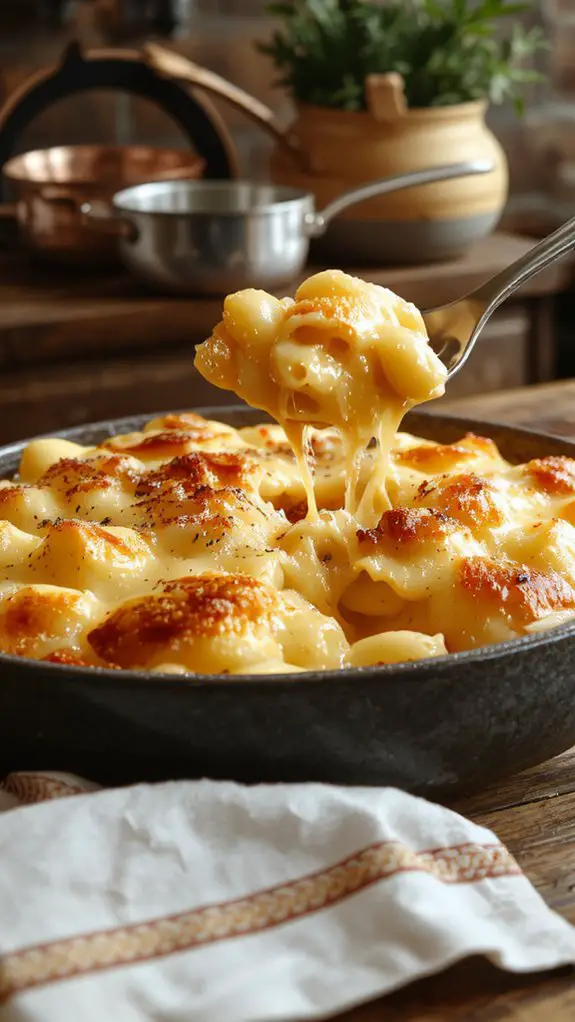
Boil the pasta until al dente, then drain and set aside. Cooking the pasta slightly underdone guarantees it won’t become mushy when baked later.
Rinse it briefly to stop the cooking process and prevent sticking.
Prepare the cheese sauce by melting butter in a saucepan over medium heat. This creates a smooth base for your roux, which thickens the sauce.
Keep the heat moderate to avoid browning the butter.
Whisk in flour to create a roux, cooking for about 1-2 minutes until it’s golden and fragrant. This step eliminates the raw flour taste and secures your sauce thickens evenly.
Stir constantly to prevent lumps.
Gradually add milk, whisking constantly to avoid clumps. Warm milk blends more easily, so heat it slightly before adding.
Patience here is key—slowly incorporating the milk assures a silky sauce.
Stir in shredded cheddar cheese until fully melted and smooth. Use freshly shredded cheese for better melting; pre-shredded varieties often contain anti-caking agents that can make the sauce grainy.
Season with salt, pepper, and optional spices like mustard powder or paprika. Taste as you go—seasoning enhances the cheese flavor without overpowering it.
Combine the sauce with the cooked pasta, gently folding until evenly coated. Overmixing can break down the pasta, so stir just until everything is incorporated.
Transfer the mixture to a baking dish, spreading it evenly. Optional: top with breadcrumbs or extra cheese for a crispy finish.
For extra richness, dot the top with small pieces of butter.
Bake until bubbly and golden, about 20-25 minutes at 375°F. The top should be lightly browned, and the sauce should bubble around the edges.
Let it cool slightly before serving—this allows the sauce to thicken further.
Pro Tip: For a smoother sauce, use room temperature milk and cheese. Cold ingredients can cause the sauce to separate or become grainy.
Nutrition
Here’s the nutrition information for this homemade mac and cheese recipe:
| Nutrient | Amount per Serving |
|---|---|
| Calories | 520 kcal |
| Fat | 28 g |
| Saturated Fat | 17 g |
| Cholesterol | 85 mg |
| Sodium | 720 mg |
| Carbohydrates | 39 g |
| Fiber | 2 g |
| Sugar | 6 g |
| Protein | 24 g |
Chef Tips
Now that we’ve covered the nutrition details, let’s talk about making the best homemade mac and cheese.
I always use freshly grated cheese—it melts smoother than pre-shredded. Cook your pasta al dente; it’ll soften in the sauce.
For extra creaminess, add a splash of pasta water. Don’t skip the mustard powder—it enhances the cheese flavor.
Finally, bake until golden for that perfect crispy top.
Frequently Asked Questions
Can I Use a Different Type of Pasta?
Yes, I can use a different type of pasta. Shells, penne, or cavatappi work well with cheese sauces. I’ll just adjust the cooking time to match the pasta’s instructions to guarantee it’s al dente.
Is It Kid-Friendly?
Absolutely, it’s kid-friendly! I’ve made it for my own family, and the kids love it. It’s creamy, cheesy, and simple to eat. You can even sneak in healthy stuff if you’re sneaky like me!
How Do I Store Leftovers?
I store leftovers in an airtight container and refrigerate them right away—they’ll last up to 3 days. I reheat it in the microwave or oven, adding a splash of milk to keep it creamy.
Can I Freeze This Dish?
Yes, I can freeze this dish. I’d let it cool completely first, then portion it into airtight containers or freezer bags. When ready to eat, I’d thaw it overnight and reheat it in the oven for best results.
Is This Recipe Gluten-Free?
This recipe isn’t gluten-free because it uses regular pasta and a roux made with flour. I’d swap for gluten-free pasta and a gluten-free flour blend if you need a gluten-free version. It’ll still be creamy and delicious.

